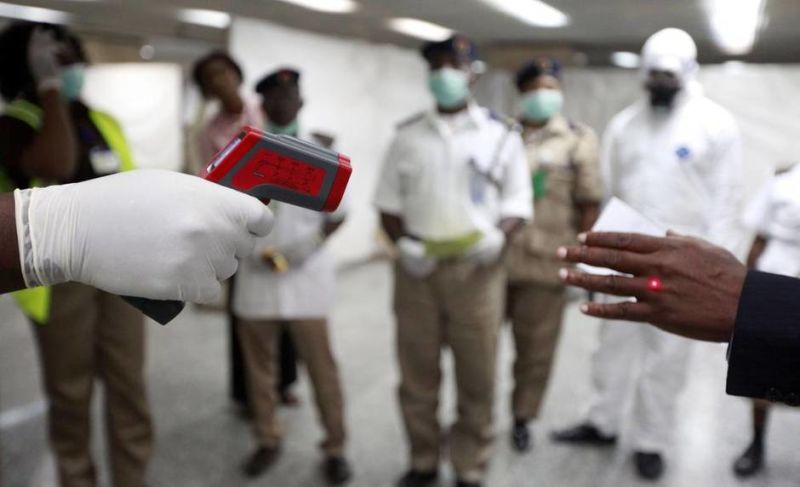The Ebola outbreak would put at risk the health of millions. The economic impact of the pandemic has the potential to be disastrous. The recent outbreak of the EVD which started in 1976, has raised concerns about a new global pandemic. Even in its early stages, Ebola has already caused significant economic damage. This is primarily due to the damage to the trade, tourism and agricultural sector. In Liberia, Sierra Leone and possibly Nigeria, the economic – macro and micro – impact of the pandemic will be felt for years to come. The Ebola pandemic may lead to a reduction of both human and physical capital. Investment could drop significantly, and remain low possibly over a long time. Deaths caused by EVD will reduce the work force and lower the human capital of these countries. For many years after the pandemic, there is likelihood that the GDP growth of some of them may be lower than in a case without a pandemic. Of course, there is also the psychological impact of the pandemic which cannot be modeled easily but could be ignored because of its long-lasting effects. For example, investor’s decision to remain in Nigeria is built on confidence in the country’s growth potential. Indeed, the Ebola pandemic if spread very rapidly around the country could shake that confidence and lower future investment. For other effects, business losses may be significant as importers, exporters, and service industry see a significant drop in demand. Revenues and foreign exchange levels are down while Airlines and ships are reducing movements to countries like Liberia and Sierra Leone. Development projects are being cancelled, and business people have left these countries. These will force many businesses to close, also lower future investment and employment.
At the microeconomic level, assessment of economic costs on the demand side would not only include the preventive, control and coping strategies adopted by the public and private sectors to avoid or reduce illness and death, comprising also prevention and potential treatment of infected people. The most immediate economic impacts of the EVD might arise not from actual death or illness but from the uncoordinated efforts of private individuals to avoid becoming infected. Over-reaction to the actual threat can result in panic behaviors and thus the economic impact could be magnified. Conclusively, on one hand the demand for health related products – masks, gloves, antimicrobials and other sanitary improvements – will increase, while on the other hand the demand on other areas – bush meat, restaurants, hotels, leisure and tourism would be reduced
As the outbreak is fast moving, the potential costs will likely vary in components and increase slightly. In such a changing context, generation of pertinent information is important to target the fight against Ebola infection as effectively as possible. Economic costs are examples of such information. Indeed, assessing these costs, its different components and their relative importance is a central element in designing public health policies and identifying priorities. Assessing these costs enables various comparisons, for instance, between prevention and treatment costs. Similar study on rapid assessment of the economic costs of HIV/AIDS in Namibia concluded that no sector of the Namibian economy will escape the impact of AIDS(Kenneth Ojo and Mary Delany 1997). The epidemic according to the findings will definitely tax hospital, public health, private and community resources, and these substantial burdens underscore the need for coordinated long-term planning.

